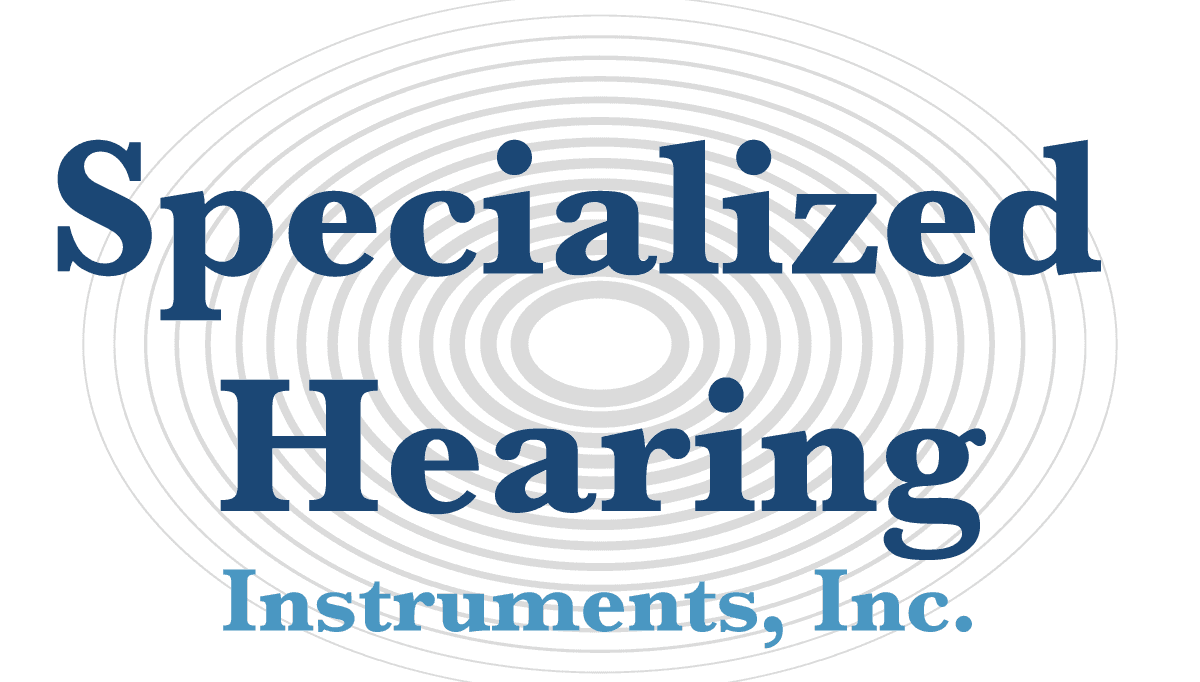Let Us Help Solve All Your Better Hearing Concerns!
Specialized Hearing Instruments is one of NW Arkansas’ longest serving hearing aid centers, which was established in 1983. The Hearing Aid Center has been locally owned and operated by Mark Oyler. When you visit our office, you will always see Mark Oyler for a one-on-one consultation about your better hearing concerns. This face-to-face consultation will help you to have a better hearing experience with every visit to our office. All of our patients receive a great deal of complimentary follow-up care service to help insure continual benefit from their hearing aids.
Important hearing aid Facts
IMPROVE YOUR QUALITY OF LIFE
About 20% of Americans, or about 48 million people, report some degree of hearing loss. At age 65, one out of three people have some hearing loss. For a variety of reasons, people with hearing loss are often embarrassed – but it is a common ailment that often has a simple solution. So if you have hearing loss, understand that you are not alone and you don't have to just "live with it."
Many people are aware that their hearing has deteriorated but are reluctant to seek help. Perhaps they don't want to acknowledge the problem or believe that they can "get by" without using a hearing aid. And, unfortunately, too many wait years, even decades, to address the effects of hearing loss before getting treatment.
Find out what our customers In NWA have to say!
"My hearing aids have given me a wonderful quality of life. The service and staff at Specialized Hearing are top notch and I would recommend them to others as the best service of this type I have ever received. "
- George. T
"I have found this office to be helpful; Mark is knowledgeable and takes time to answer my questions and explain so that I could understand. They have very personal service that has greatly improved my ability to hear in business meetings and family situations. I recommend them to everyone."
- Bob. W
"I would highly recommend this office. The service has been awesome and after living with hearing difficulties my entire life, including failed surgeries, they have opened up a whole new world for me. For the first time I hear clearly and cannot imagine my life without my hearing aids."
- John S.



